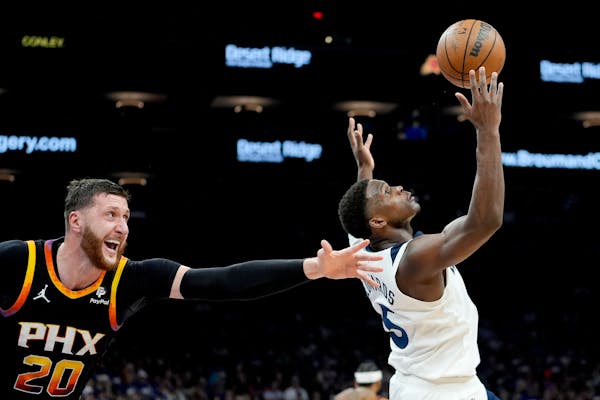The media center at East Ridge High School fills with dozens of students each week, teens seeking help preparing for the next physics test or looking to brainstorm ideas for a language arts essay.
They are mostly students of color, and they find that support in each other. As members of the Close the Gap club at East Ridge High in Woodbury, they share a mission of narrowing the achievement gaps between minority students and their white peers.
"I feel like most people know about academic disparities, but it's not something they talk about," said senior Aman Lulseged, one of the group's four founders. "The most important thing we've done with this club is breaking that barrier of being able to discuss the topic and what we can do about it."
East Ridge's student population is more than 60% white. According to the Minnesota Department of Education's school report card for the school, 64% of the school's white 11th-graders met or exceeded math standards in math. That percentage drops to 41% for Black students and 31% for Hispanic students — mirroring longstanding gaps statewide.
Senior Santiago Palma, another one of the club's founders, said in a majority-white school, students of color can feel isolated and less comfortable asking a teacher for help.
"You may not see a teacher with the same background as you," Palma said.
But in the East Ridge library after school on Tuesdays, the club's members can find peers with similar backgrounds. And it's far less intimidating to ask a friend for studying help, Palma said.
The club has also partnered with the school's National Honor Society to offer peer tutoring during the school day. The model is working well and staff is taking note, said Laura Newton, an instructional coach at the school and the adviser for the Close the Gap club.
"When the grown-ups step back, the students step up, and this club is a prime example of that," she said. "These students saw an opportunity to lead, saw a need and grew it into this magical place where they help each other."
Now, each Tuesday, the students gather in small groups based on what they are studying. When one student gets stuck on an equation or assignment, another leans over the piles of notebooks and laptops to offer guidance. Some weeks include guided study sessions for those preparing for the ACT or writing time for those working on college essays.
Officially, the idea for the club came in spring 2021 when Lulseged and his friends met up at a cafe in a Kowalski's grocery store to discuss what they could do to support other students of color. They thought, too, about the students struggling to adjust to rigorous coursework after years of distance learning.
Since then, the club's membership has grown steadily. More than 40 teens attended on a Tuesday before a high-stakes test. About 50 students joined a club-organized field trip last year to a college fair.
The club's founders repeatedly hear from members who feel inspired to take more challenging classes or apply to more selective colleges and universities. Other members, like sophomore Jacob Tamrat, said the benefits go beyond academics.
"It's a nonjudgmental space and I really feel a sense of inclusion — part of a community," Tamrat said.
Lulseged and co-founder Felipe Patino said they have peers whose parents pay for private tutors and take them on numerous college campus visits. But they know not all students have that opportunity.
"But now they have this group," Lulseged said.
Patino hopes to see similar clubs pop up at other high schools: "If four students who had an idea at a Kowalski's can turn this into a reality, anybody can do it and make a difference."

In Grand Rapids, Itasca Pride is planning its first event, but there is already pushback
One person shot at YMCA in Coon Rapids

BCA says man pointed pistol-style BB gun at officers before he was shot in Woodbury

Former diversity worker sues University of Minnesota after firing over swastika photo



